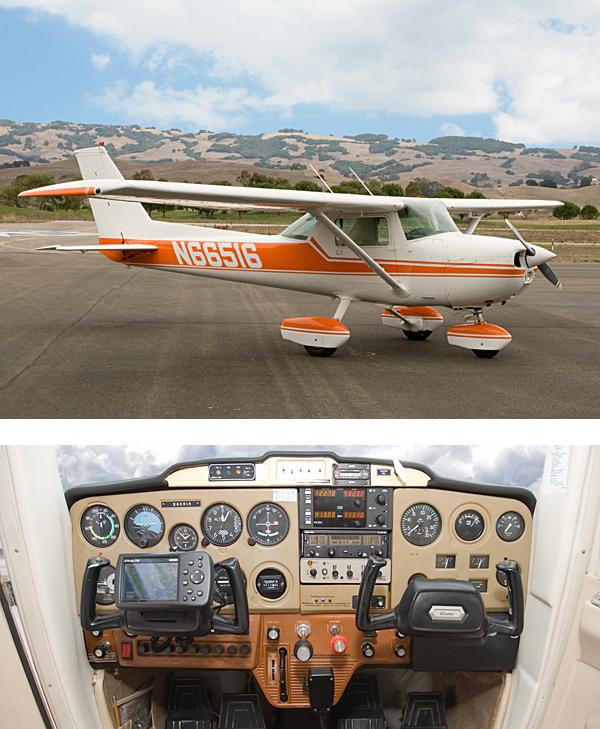kimberlyanne546
Final Approach
I am trying to get checked out in a 150 at my new flight school. Apparently, the CFI was not 100% happy with my landings, and we ran out of time (she had a student waiting for her and it was a really busy Saturday so we didn't get in that many landings), so she asked me to "extend" the check out (sigh).
This means I have to go back, again, and complete the check out tomorrow (weather permitting). I had to wait a whole week since this CFI doesn't work Sundays. Now, I most likely will be delayed ANOTHER week, making this a three week checkout! She is the only CFI there skinny enough / short enough to fly the 150 with me.
So here is my question:
On the 172 checkout, I used the POH to help me complete the checkout paperwork / quiz. It asked you all kinds of things like V-Speeds, takeoff distances, etc. All of these items can easily be found in the POH for this 1980 airplane.
I don't know the exact year of the cute little 150, but a student told me he thinks "old" due to the pull starter thing, the twistie power thing, and the flaps (you count "one one thousand" and look at a flap indicator to the left of the windshield while your right hand lowers the flaps - it does not "stop" at 10 / 20 / 30 / 40 degrees so you can "customize" the flap setting).....
But.....
The POH is NOTHING like the newer planes! No matter where I look, the v-speeds, calculations, etc. just aren't there or are very limited. I am not done filling out the quiz since I spent lots of time looking for the exact numbers and didn't get any results. At best, they are presented in mph (while I *think* the current airspeed indicator is in knots, though I could be wrong).... and they range at least 10mph rather than listing a specific number.
I was going to use the "Sure Check" pro checklist in the plane - but then I thought, where do THEY get their numbers if not from the POH?
I guess there are no "wrong" answers since the checkout paperwork is something they only pull out if / when you have an incident.
Here is a photo of the plane (don't you just wanna hug it???):

This means I have to go back, again, and complete the check out tomorrow (weather permitting). I had to wait a whole week since this CFI doesn't work Sundays. Now, I most likely will be delayed ANOTHER week, making this a three week checkout! She is the only CFI there skinny enough / short enough to fly the 150 with me.
So here is my question:
On the 172 checkout, I used the POH to help me complete the checkout paperwork / quiz. It asked you all kinds of things like V-Speeds, takeoff distances, etc. All of these items can easily be found in the POH for this 1980 airplane.
I don't know the exact year of the cute little 150, but a student told me he thinks "old" due to the pull starter thing, the twistie power thing, and the flaps (you count "one one thousand" and look at a flap indicator to the left of the windshield while your right hand lowers the flaps - it does not "stop" at 10 / 20 / 30 / 40 degrees so you can "customize" the flap setting).....
But.....
The POH is NOTHING like the newer planes! No matter where I look, the v-speeds, calculations, etc. just aren't there or are very limited. I am not done filling out the quiz since I spent lots of time looking for the exact numbers and didn't get any results. At best, they are presented in mph (while I *think* the current airspeed indicator is in knots, though I could be wrong).... and they range at least 10mph rather than listing a specific number.
I was going to use the "Sure Check" pro checklist in the plane - but then I thought, where do THEY get their numbers if not from the POH?
I guess there are no "wrong" answers since the checkout paperwork is something they only pull out if / when you have an incident.
Here is a photo of the plane (don't you just wanna hug it???):







